6. Creative compositions
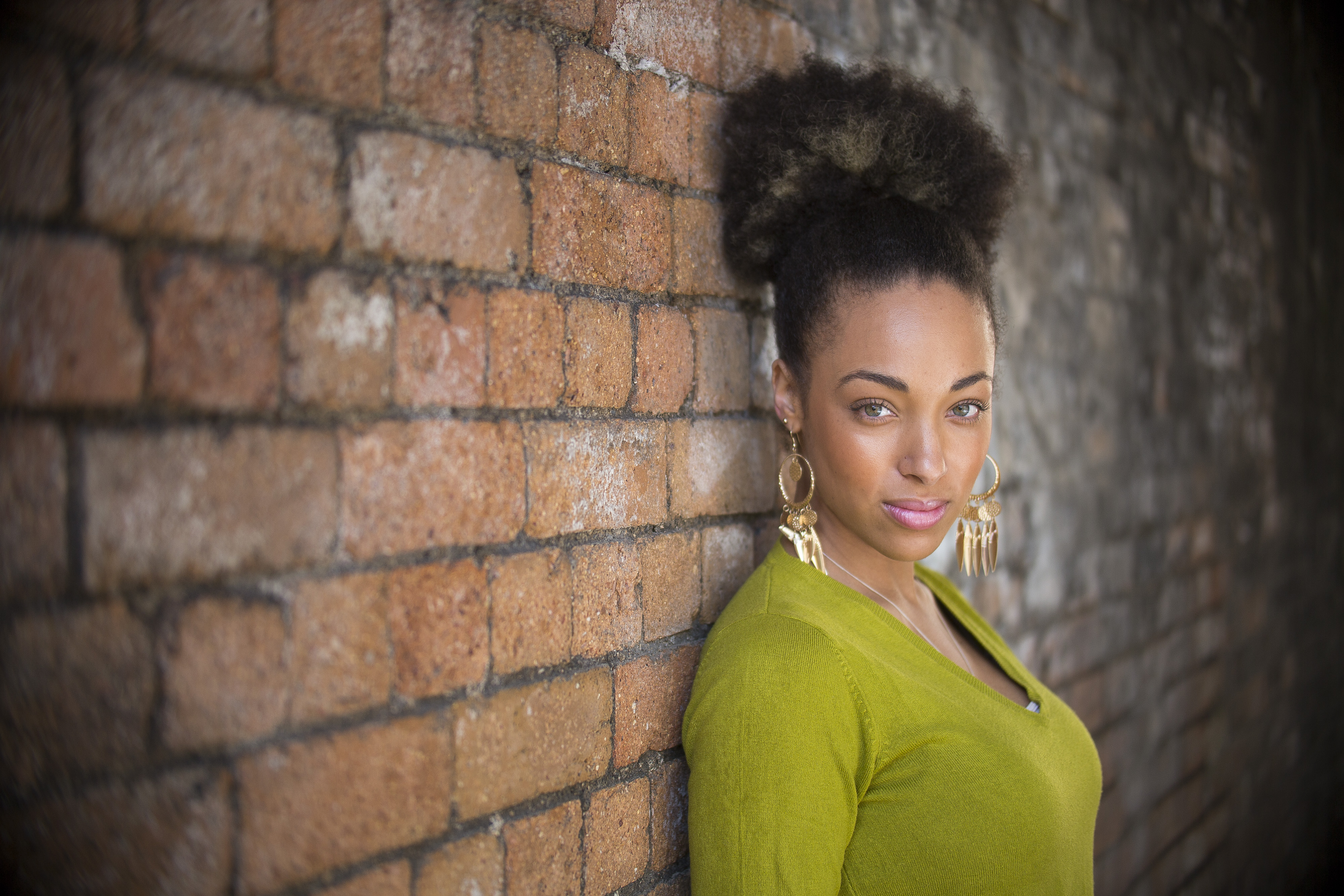
Don't be lazy with your compositions. Too often photographers stand back, thinking it's best to include all, or at least the top half, of their subject.
Zoom in instead to fill the frame for a more inspired photo composition. Positioning your subject to one side of the frame, with 'space to look into', is a great technique to master, as is experimenting with wide apertures to capture a very shallow depth of field.
- Learn more: The 10 rules of composition (and why they work)

7. Build a rapport
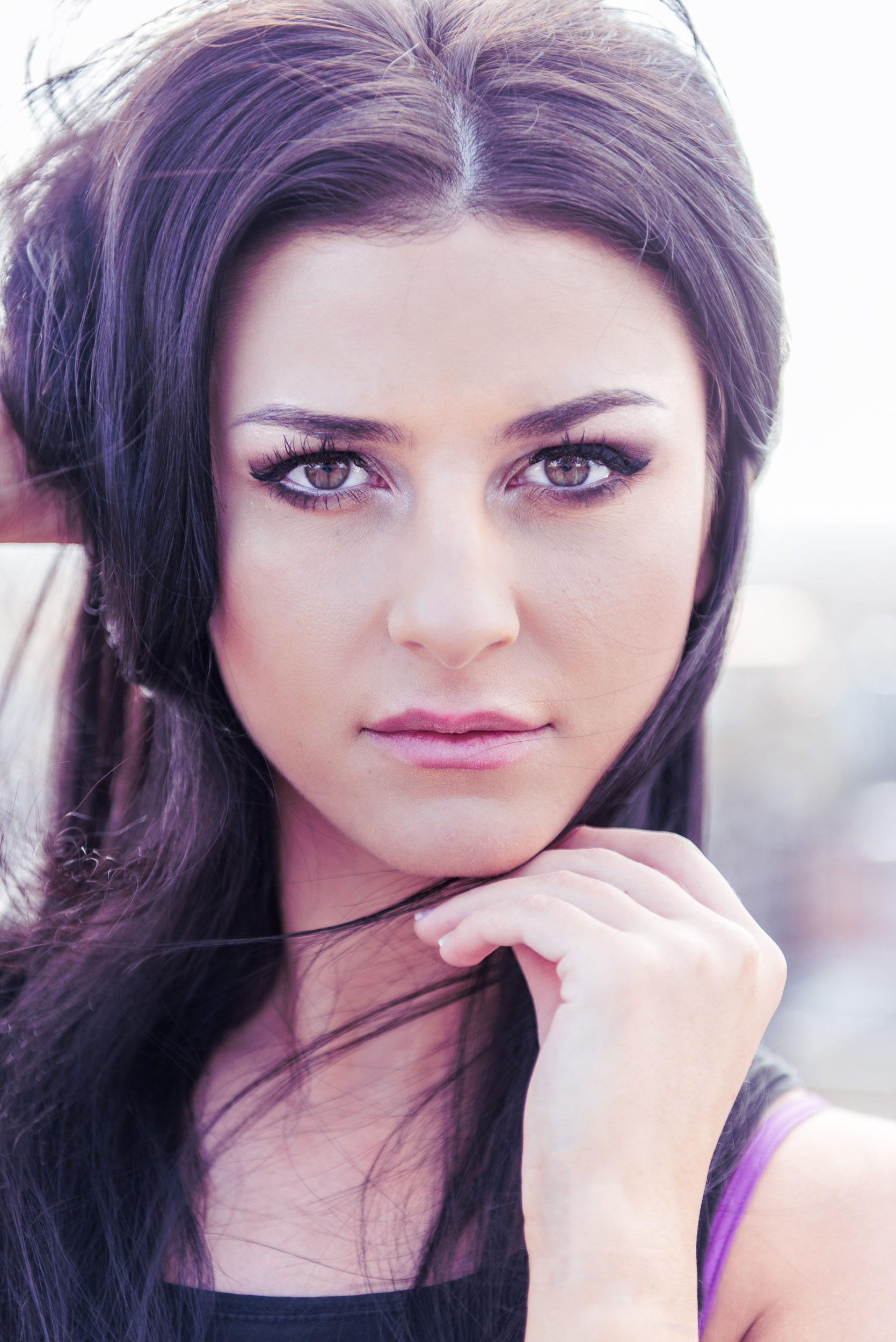
If your model doesn't feel comfortable, then the final shots aren't going to work. Take time to chat with your subject before the shoot - have a cup of tea or coffee and talk over your ideas.
When the shoot begins, offer them direction - don't just shoot away silently. Tell them what you want and how you want them to pose. Remember as well to show them shots of the back of the screen as this can build confidence.

8. Use a reflector
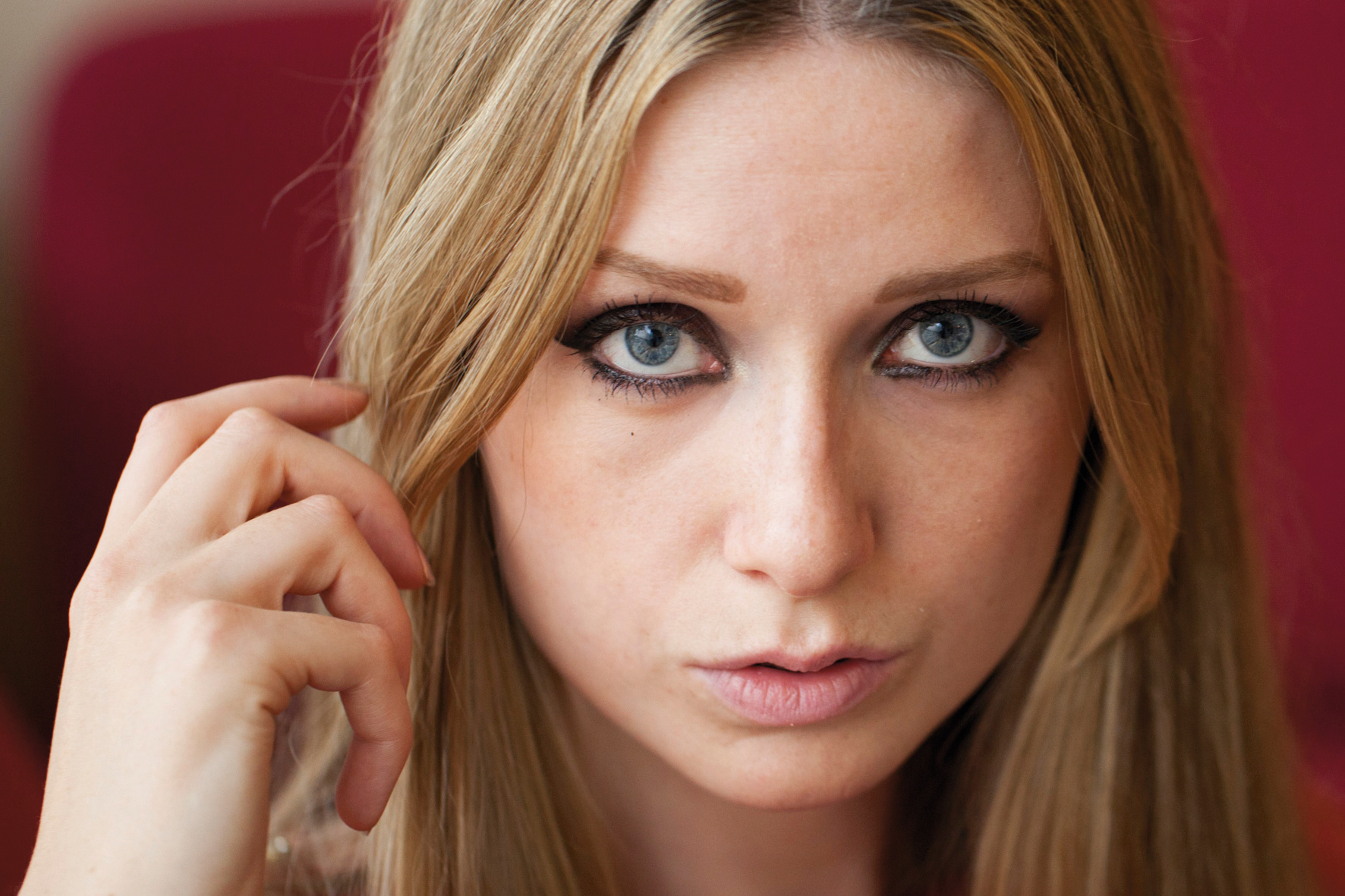
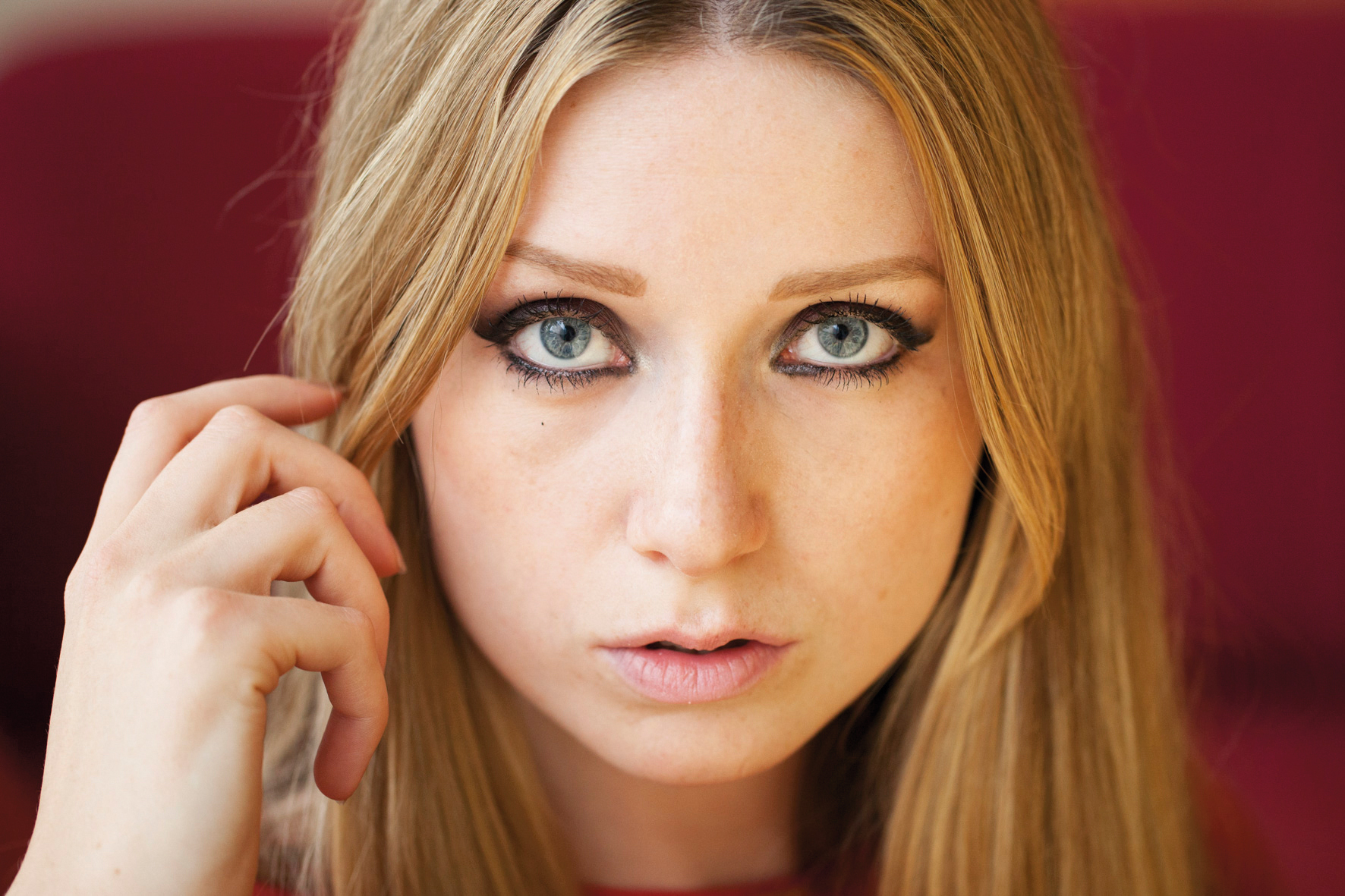
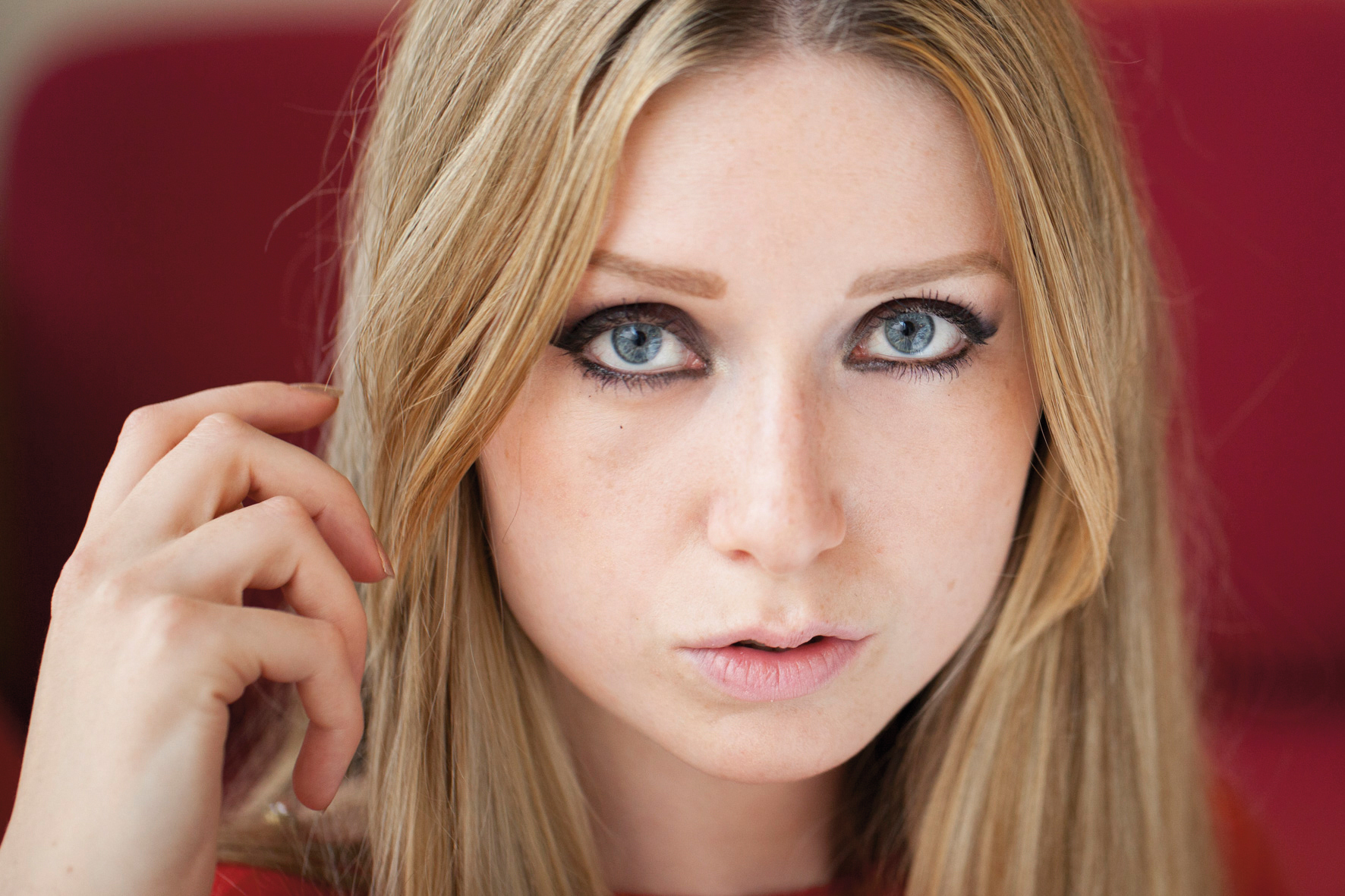
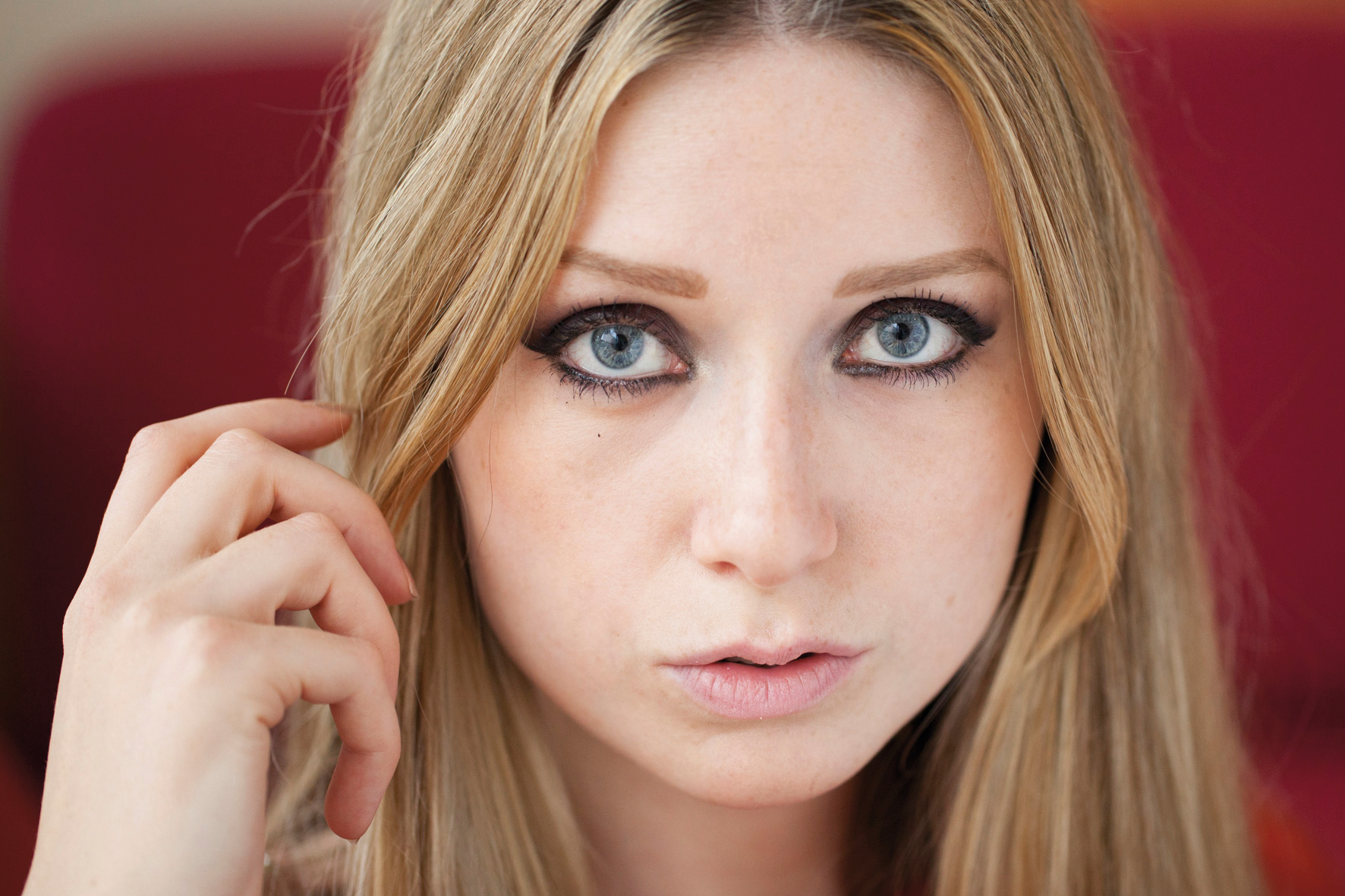
A quick and affordable way to brighten up your portraits and to give them a professional look is to use a reflector. Use them indoors (near windows) or outdoors to bounce light back onto your subjects to fill in unwanted shadows.
Many reflectors come double-sided or with detachable covers, so you get a choice of white, silver and gold reflective surfaces. The white surfaces of reflectors can also double up as diffusers to soften strong direct sunshine.
If you're really strapped for cash, you can make a reflector by simply using a large sheet of white cardboard - which you can also cover with tin foil for a silver effect - and it should still work a treat!
Get daily insight, inspiration and deals in your inbox
Sign up for breaking news, reviews, opinion, top tech deals, and more.
- Learn more: Take stunning natural-light portraits

9. Focusing your camera
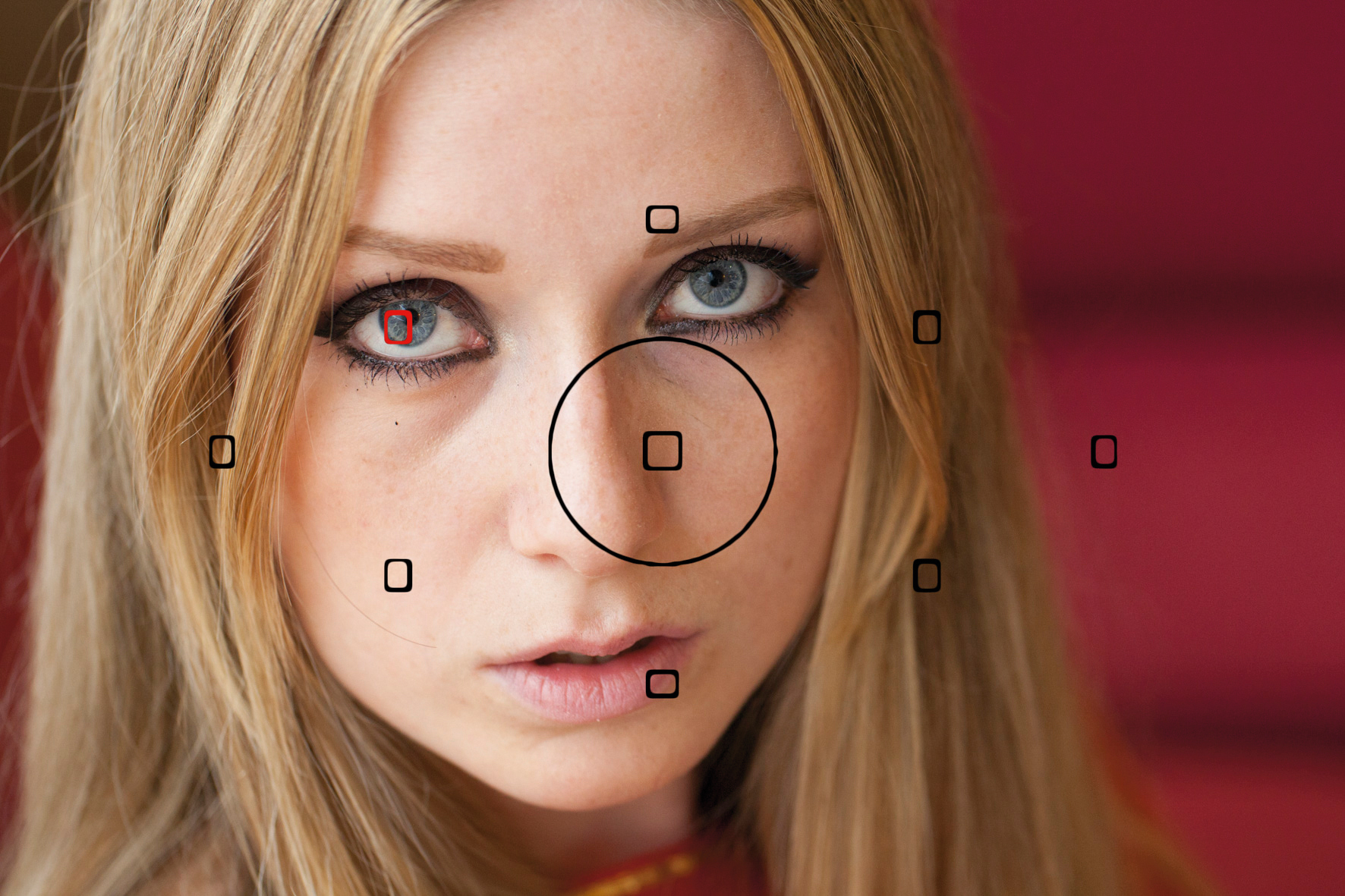
When using wide apertures (especially f/2.8 or faster), your depth of field decreases dramatically, so it's crucial your focusing is bang on, otherwise you could end up with out-of-focus facial features; the person's nose may be sharp but the eyes soft.
With tightly composed photos, focus on the eyes; with wider compositions, focus on the head. To help with pinpoint focusing, manually select a single autofocus (AF) point.
A good technique is to set the central AF point, half-press the shutter button to focus on the eyes/head, then recompose to position your subject off to one side before fully pressing the button - this is often a much faster way of shooting than fiddling with AF points.
Alternatively, set AF points in the top corners and place them over your subject's eyes to take your shot. Either option will help you position your subject off-centre for a more balanced composition.
- Learn more: 10 surefire ways to get sharp photos

10. Posing for portraits
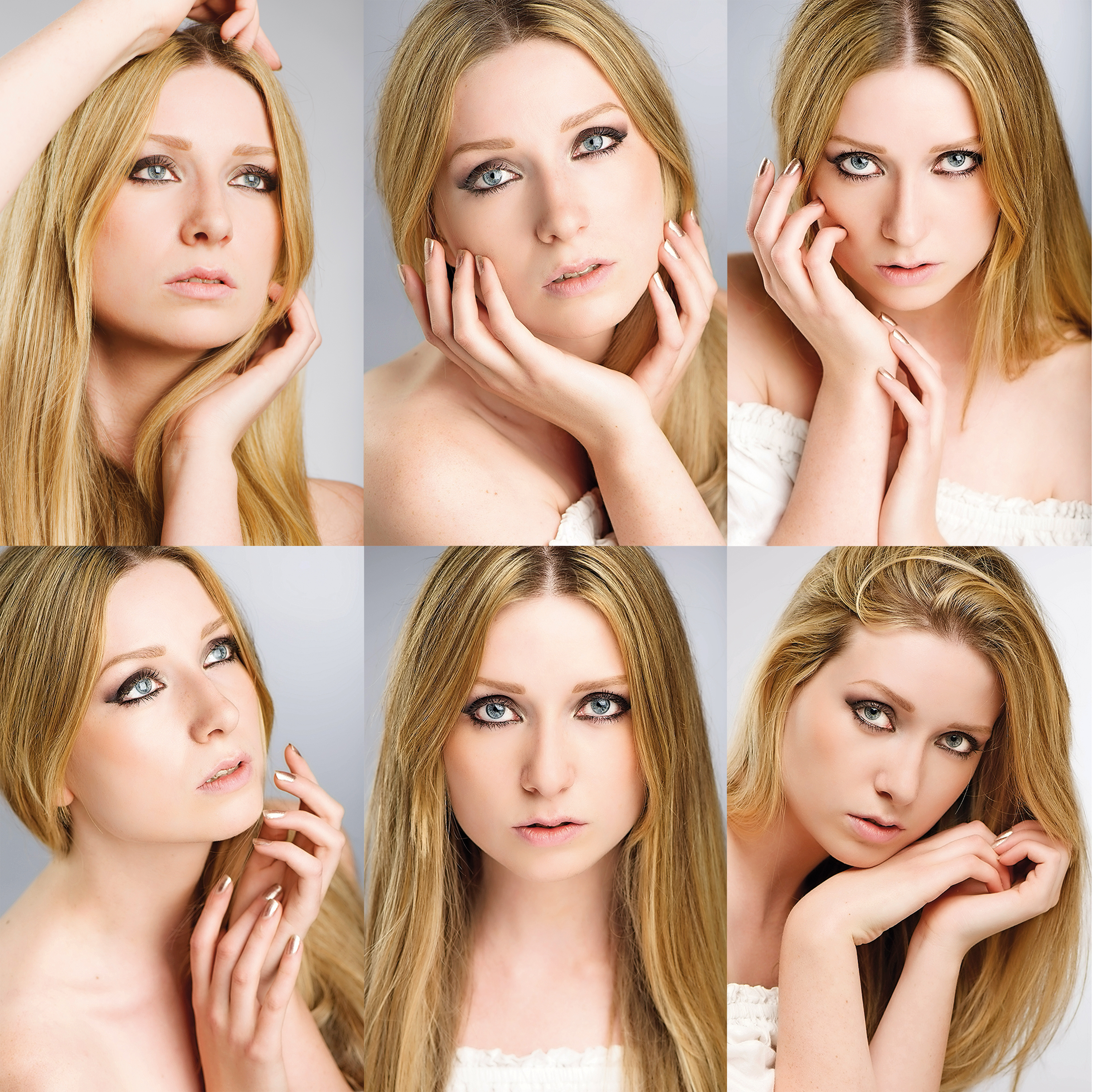
How your subject stands, poses and looks will have a dramatic effect on your results. A slight change in facial expression - such as whether they smile or not - can radically change the entire feeling of the photograph.
When shooting, try and capture a range of expressions so you can pick which you prefer when editing them back home on the computer.
Also consider setting up portrait shots where your subject looks off-camera, up or down, or to one side. Play around and see what works.
- Learn more: How to pose a portrait: 54 creative ideas

Phil Hall is an experienced writer and editor having worked on some of the largest photography magazines in the UK, and now edit the photography channel of TechRadar, the UK's biggest tech website and one of the largest in the world. He has also worked on numerous commercial projects, including working with manufacturers like Nikon and Fujifilm on bespoke printed and online camera guides, as well as writing technique blogs and copy for the John Lewis Technology guide.
